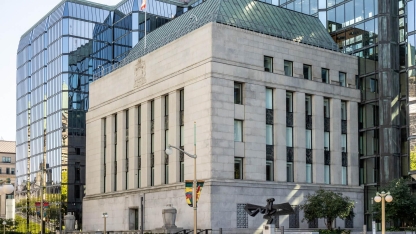
TD Coliseum set to open in Hamilton this year
Slated to open in late 2025, TD Coliseum will be designed to deliver a premium experience for concerts, sporting events, and other entertainment.




Trending

Take control of your finances.

Reimagine your banking experience.

Meet our people.

Opening doors to a brighter tomorrow.

Explore new perspectives.



